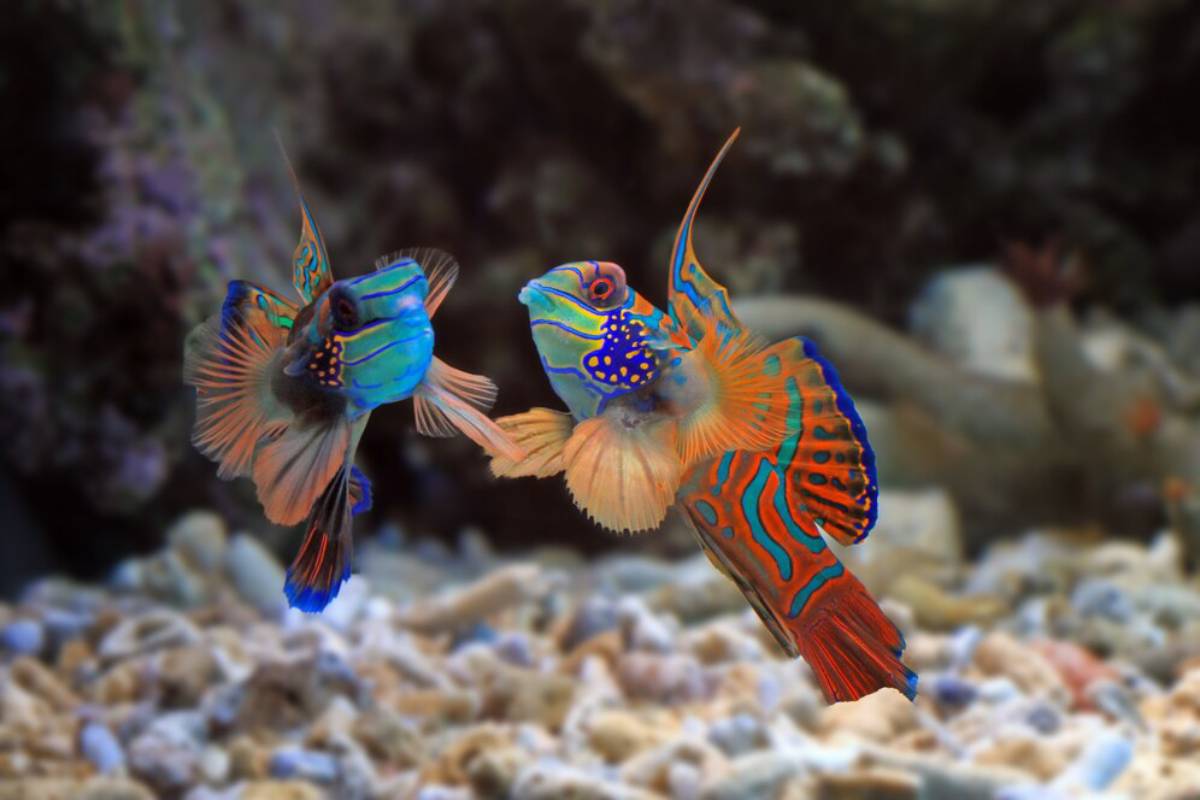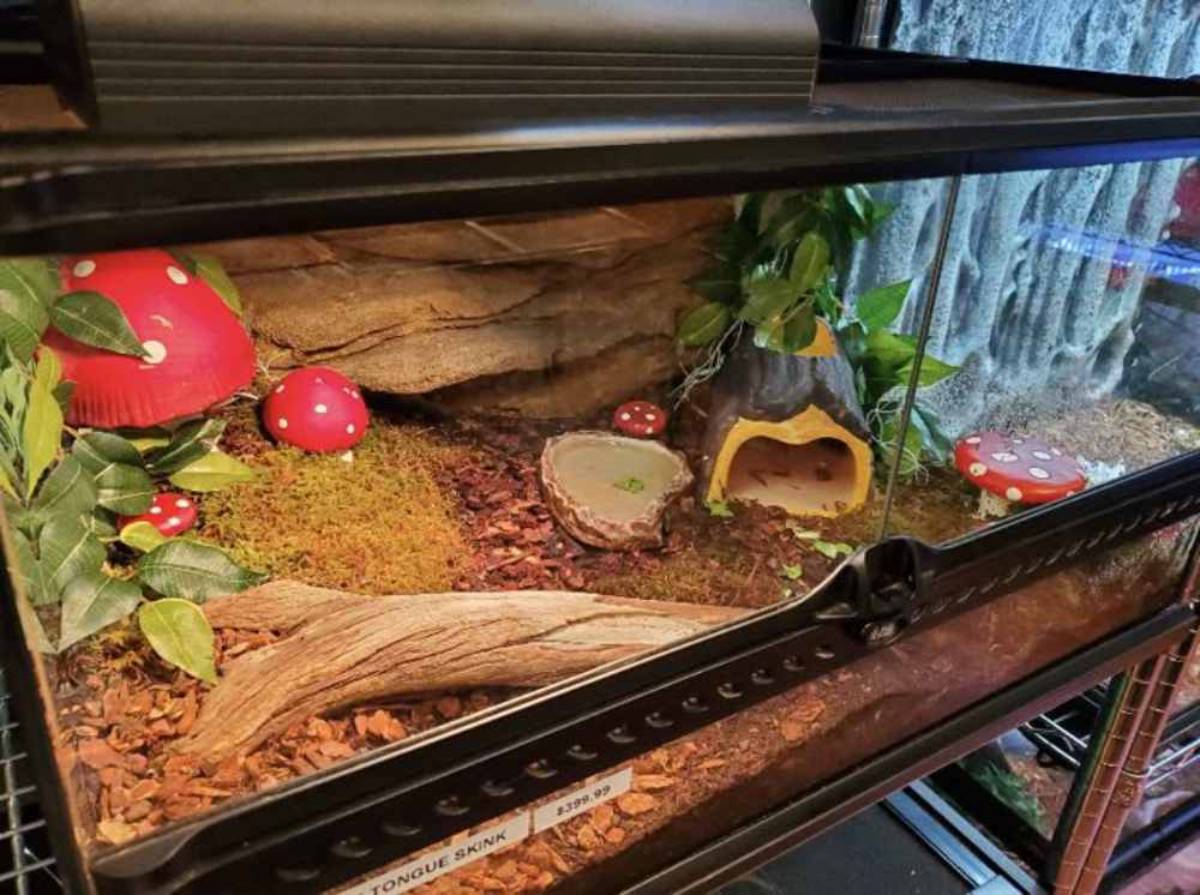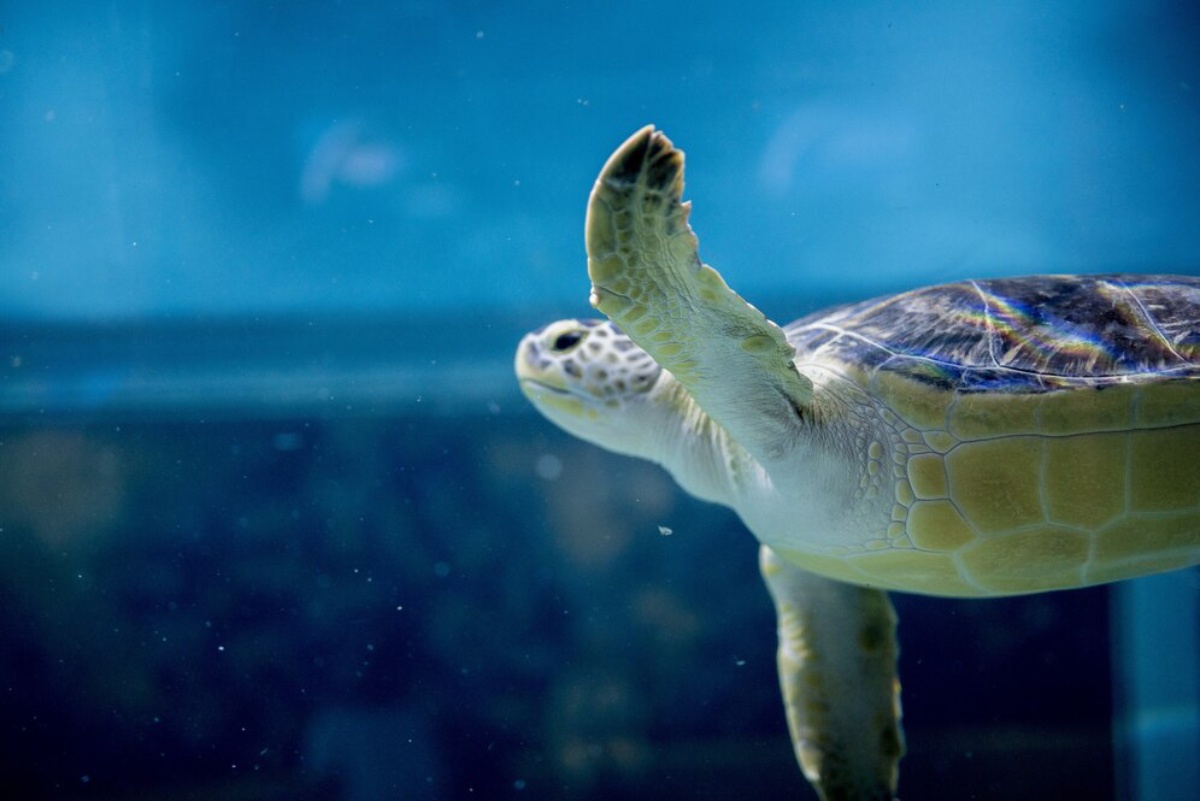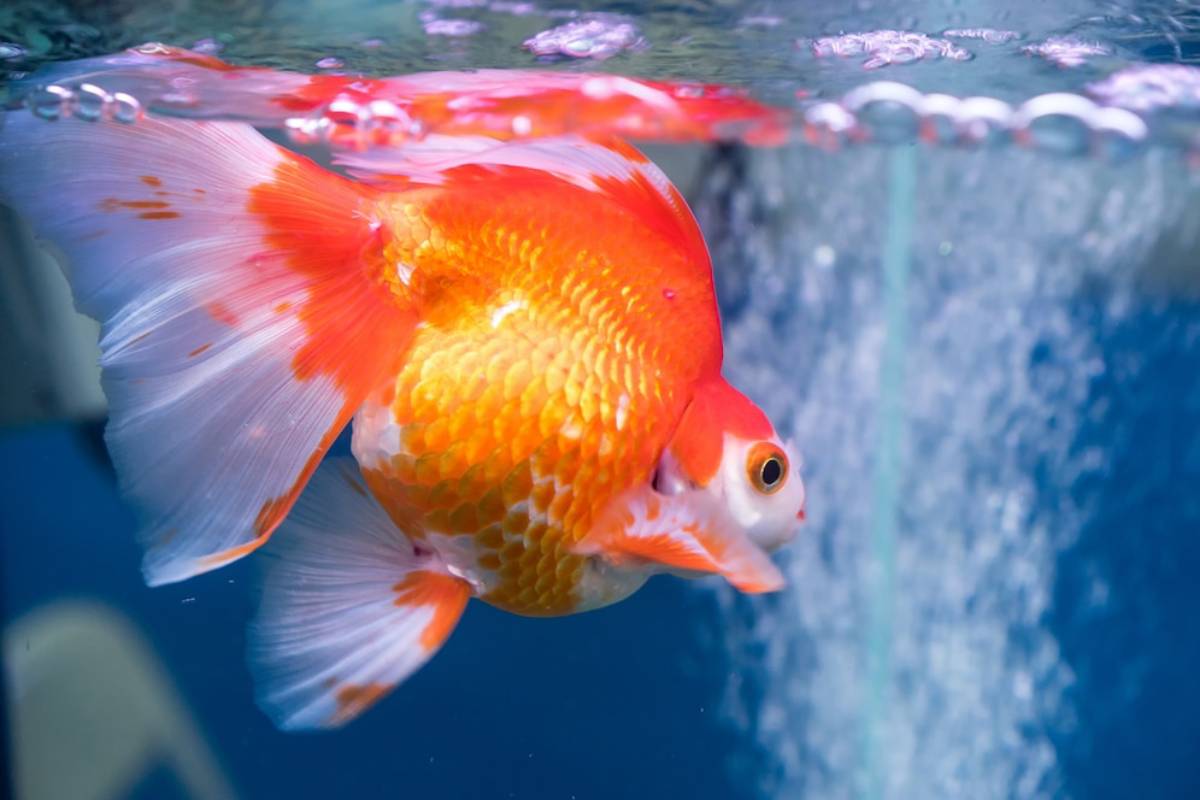
Best Filtration Systems for Aquatic Exotic Pets
Caring for aquatic exotic pets—whether it’s tropical fish, turtles, axolotls, shrimp, or amphibians—starts with one core principle: pristine water quality. Unlike terrestrial pets, aquatic animals live in their environment full-time. Every meal, waste product, or chemical imbalance directly affects their health and wellbeing. That’s why choosing the right aquarium filters is absolutely critical to successful aquatic pet care.
A high-quality fish tank filtration system does more than just keep the water clear; it supports the nitrogen cycle, reduces harmful toxins, and helps maintain the specific conditions your exotic species needs to thrive. In this guide, we explore the types of filtration available, how to choose the best system for your pet and tank setup, and which products lead the way in performance and reliability.
Understanding Filtration: The Three Key Types
Filtration for aquatic environments is typically divided into three core functions. Most high-quality aquarium filters incorporate all three to create a balanced and healthy system.
1. Mechanical Filtration
This process physically removes debris such as uneaten food, faeces, and plant matter. Sponges, filter pads, and floss are common mechanical media.
Essential for: Keeping water visually clean and reducing clogging in other filter stages.
2. Biological Filtration
Beneficial bacteria colonise filter media and break down toxic ammonia and nitrite into less harmful nitrate through the nitrogen cycle.
Essential for: Maintaining long-term water stability and preventing fish kills.
3. Chemical Filtration
Activated carbon or specialised resins absorb odours, discolouration, and dissolved contaminants.
Essential for: Removing medications, tannins, or impurities like chlorine and heavy metals.
A proper fish tank filtration system balances these three to suit the needs of your aquatic pets and the environment they inhabit.
Choosing the Right Filter for Your Tank

Selecting the best aquarium filters depends on several factors:
- Tank size and volume
- Species kept (e.g., fish, amphibians, turtles, invertebrates)
- Bioload (how much waste your pets produce)
- Freshwater vs marine
- Planted or unplanted tank
- Noise and maintenance preferences
Each type of filter has its own strengths. Below, we explore the most common options and who they’re best suited for.
Types of Aquarium Filters: Pros and Cons
1. Sponge Filters
Best for: Small tanks, fry, shrimp, hospital/quarantine setups
Pros:
- Gentle flow, ideal for delicate species
- Excellent biological filtration
- Inexpensive and easy to maintain
Cons:
- Limited mechanical and chemical filtration
- Requires an air pump
Recommended for: Betta fish, baby axolotls, dwarf shrimp, fry tanks
2. Hang-On-Back (HOB) Filters
Best for: Beginner to intermediate hobbyists with medium-sized tanks
Pros:
- Easy to install and clean
- Offers all three filtration types
- Accessible and affordable
Cons:
- Can be noisy
- Limited capacity for larger tanks or heavy bioloads
Recommended for: Community fish tanks, small turtle setups (with pre-filters), beginner aquariums
3. Internal Filters
Best for: Medium tanks where external space is limited
Pros:
- Easy to conceal within the tank
- Combines mechanical, biological, and sometimes chemical filtration
- Minimal setup time
Cons:
- Takes up internal space
- Less powerful than external systems
Recommended for: Mid-sized aquariums with moderate stocking, amphibian tanks with partial water submersion
4. Canister Filters
Best for: Large aquariums, high-bioload tanks, demanding species
Pros:
- Powerful, customisable, and quiet
- Superior mechanical and biological capacity
- Long service life between maintenance
Cons:
- More expensive upfront
- Takes longer to clean
- Requires space beneath the tank
Recommended for: Turtle tanks, cichlid aquariums, axolotls, large planted aquaria
5. Undergravel Filters
Best for: Budget-conscious hobbyists with low-tech tanks
Pros:
- Inexpensive and discreet
- Promotes biological filtration
Cons:
- Poor chemical and mechanical filtration
- Difficult to clean thoroughly
- Not suitable for rooted plants or heavy waste producers
Recommended for: Lightly stocked freshwater tanks with small fish or hardy species
6. Wet/Dry (Trickle) Filters
Best for: Saltwater or high-oxygen-demand tanks
Pros:
- Excellent oxygenation
- Superb biological filtration
- Can support large bio-loads
Cons:
- Noisier than other types
- Large footprint and setup complexity
Recommended for: Marine tanks, large freshwater setups with oxygen-hungry fish
Top Filter Brands and Products
Fluval FX6 Canister Filter
- For tanks up to 1,500 litres
- Multiple media baskets
- Known for reliability and silent operation
Eheim Classic External Canister
- Timeless design, excellent build quality
- Trusted for biological filtration
- Great for planted or community tanks
Tetra Whisper Internal Filter
- Affordable and quiet
- Simple cartridge-based system
- Ideal for small to medium aquariums
AquaClear HOB Filters
- Customisable media
- Highly rated for water clarity and durability
- Easy to service
Hydro Sponge Filters
- Popular in breeding tanks
- Inexpensive, reliable, and gentle
- Great for fry and shrimp
Filter Maintenance Best Practices
Even the best filter cannot function without proper maintenance. Poor upkeep leads to decreased efficiency and risks to your pet’s health.
General Maintenance Tips:
- Rinse media in tank water monthly to preserve beneficial bacteria
- Replace chemical media (carbon) every 3–4 weeks
- Check impellers and tubing for clogs or buildup
- Avoid cleaning all filter components at once to prevent bacterial die-off
- Monitor flow rate; reduced flow may indicate it’s time to clean or service
For exotic aquatic species with specific needs, filtration should be adjusted as the bioload and environmental factors evolve.
Special Considerations for Exotic Aquatic Pets
Each species has unique needs, and not all aquarium filters are suitable for every exotic pet.
Turtles

- Very messy eaters
- Require high-capacity filtration
- External canister filters or pond-style filters recommended
Axolotls
- Sensitive to high flow and temperature changes
- Prefer sponge or gentle HOB filters with pre-filters
- Avoid strong currents
Shrimp and Small Inverts
- Risk of being sucked into intakes
- Sponge filters are safest
- Pre-filters can be added to standard systems
Amphibians (e.g., newts, frogs)
- Semi-aquatic habitats need low-flow filtration
- External/internal filters with adjustable flow rates work well
Marine Fish and Coral
- Need high water quality and oxygenation
- Protein skimmers, sumps, and wet/dry filters often used
Tailor your aquatic pet care system to the biological output, sensitivity, and space needs of your particular species.
Common Mistakes to Avoid
- Using an undersized filter: Always choose a system rated for a larger volume than your tank to account for bioload and flow reduction over time.
- Over-cleaning the filter: Removes beneficial bacteria; clean gently and selectively.
- Neglecting flow direction: Poor circulation leads to dead zones and uneven heating.
- Ignoring noise levels: Choose quieter models for living areas to avoid disruption.
Remember: a filter doesn’t replace water changes—it complements them.
Clean Water, Healthy Pets, Happy Owners

Whether you’re caring for a school of exotic fish, a single axolotl, or a pair of red-eared sliders, investing in the right fish tank filtration system is one of the best decisions you can make. Quality aquarium filters not only keep the water clean but also support the health, behaviour, and lifespan of your aquatic companions.
Take action today: Assess your tank size, species needs, and budget. Choose a filtration system that fits, maintain it regularly, and enjoy the beauty and balance of a thriving aquatic environment. Because in the world of aquatic pet care, clean water is everything.


